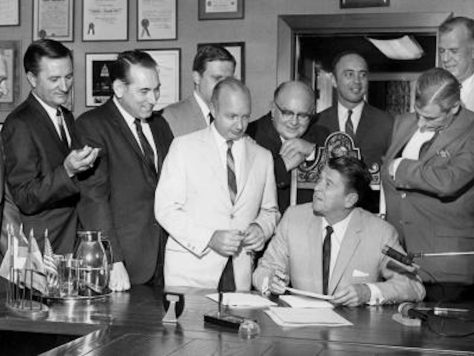Repost from the Vallejo Times-Herald
[Editor – Good news that Vallejo’s City Manager has raised eyebrows about ORCEM’S paid advertisement masquerading as news in the Times-Herald’s Nov. 22 edition. View the Attorney General’s scathing 13-page letter. Let’s hope the Vallejo City Council has the backbone Benicia had in 2016, to DENY THIS PROPOSED CATASTROPHIC PROJECT! For more critical perspective, see Fresh Air Vallejo. For official project documents, see Vallejo’s City website. – R.S.]
Vallejo city manager addresses Orcem, VMT insert
By John Glidden, November 29, 2018 at 2:05 pm
Vallejo City Manager Greg Nyhoff reiterated Tuesday night that a Final Environmental Impact Report (FEIR) being completed for a controversial south Vallejo project won’t be released until early next year.
Toward the end of the Vallejo City Council meeting, Nyhoff addressed the contents of a four-page advertising insert paid for by the project applicants and published in the Times-Herald on Nov. 22.
He took issue with a statement printed on top of the insert asserting that the FEIR being prepared for the Vallejo Marine Terminal, Orcem Americas project would be released “within a matter of days.”
“I just want to clarify — it looks like it’s official news. That’s not the case,” Nyhoff said to the councilors. “No — this report won’t be coming out within a matter of days.”
VMT and Orcem representative Sue Vaccaro said via email on Wednesday that the Times-Herald’s deadline to submit artwork for the insert was Nov. 9, several days prior to Nyhoff’s original announcement during the Nov. 13 council meeting that release of the FEIR would be delayed.
“By that time, due to the two weeks of lead time required in accordance with the newspaper’s specifications, there was not an opportunity to update that two-line reference,” Vaccaro wrote. “In short, we were acting in good faith based on the City Manager’s comments at the time the artwork was submitted for print … obviously, had we known what was coming out from the Attorney General’s Office and subsequent delay ordered by the City Manager, we wouldn’t have made that reference.”
However, in a phone interview on Thursday, Nyhoff disagreed, noting that despite previously saying in September that the FEIR would be released toward the end of November, both the city and applicants knew the report wouldn’t be released in November — even before the DOJ letter was sent to the city.
“Everyone still knew we weren’t going to meet that deadline,” Nyhoff explained. He said the city and consultants are still waiting to hear back from the Bay Area Air Quality Management District (BAAQMD), which is still reviewing information about the project.
Nyhoff said during the council meeting, and again on Thursday, that City Hall will also be looking into additional claims made in the insert, including the $1 million benefits program, and the Lemon Street maintenance program being offered by the applicants.
He said it’s important to make sure Lemon Street is going to be taken care of, due to the large volume of trucks trips — about 552 — expected daily. Nyhoff said analyzing truck traffic and its impact to surrounding streets near Lemon is also needed.
Earlier this month, the California Department of Justice sent city officials a 13-page letter warning that environmental documents, a draft final environmental impact report (DFEIR), an Environmental Justice Analysis (EJA), and Revised Air Analysis prepared for project are misleading and violate state law.
“The environmental documents for the project fail to provide adequate legal support for the City of Vallejo to approve the project,” Erin Ganahl, deputy attorney general for the State of California, wrote on behalf of state Attorney General Xavier Becerra. “The DFEIR fails to adequately disclose, analyze, and mitigate the significant environmental impacts of the project; the EJA improperly concludes that the project would not disproportionately impact low-income communities of color, and thus misleads decision makers and the public by minimizing the projects significant environmental justice concerns.”
The Vallejo Planning Commission voted 6-1 in 2017 to reject the VMT/Orcem project, agreeing with City Hall that the project would have a negative effect on the neighborhood, that it would impact traffic around the area and the proposed project was inconsistent with the city’s waterfront development policy. The project also has a degrading visual appearance of the waterfront, City Hall said at the time.
City officials argued in 2017 that since a rejection was being recommended, an FEIR was not required.
Orcem and VMT appealed the Planning Commission decision, and in June 2017, when reviewing the appeal, a majority of the council — Jess Malgapo, Rozzana Verder-Aliga, Hermie Suna, and Pippin Dew-Costa — directed City Hall to complete the impact report.
Once the FEIR is completed, Nyhoff previously said the report will be circulated for at least 60 days prior to the council taking up the appeal again.






You must be logged in to post a comment.